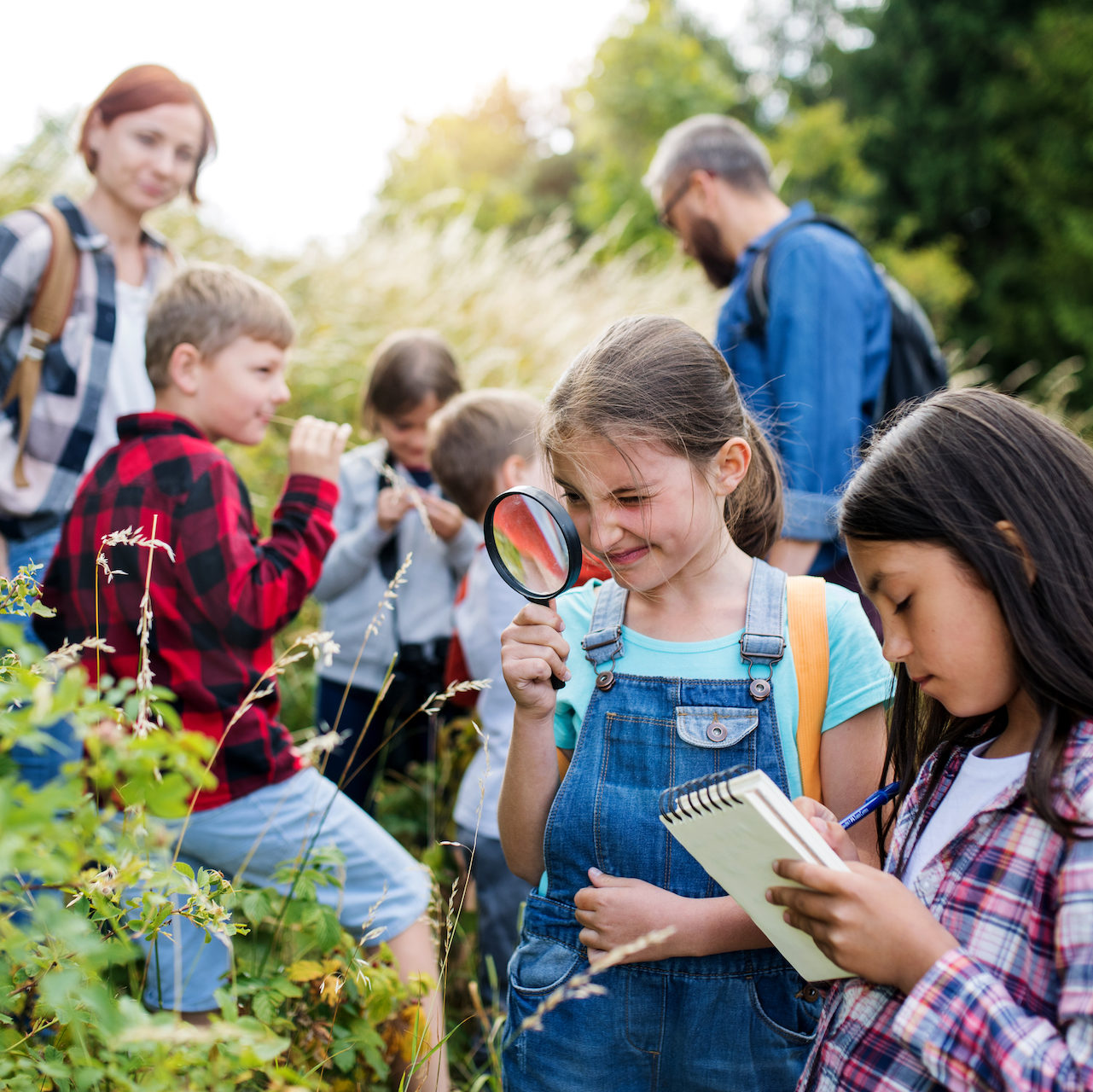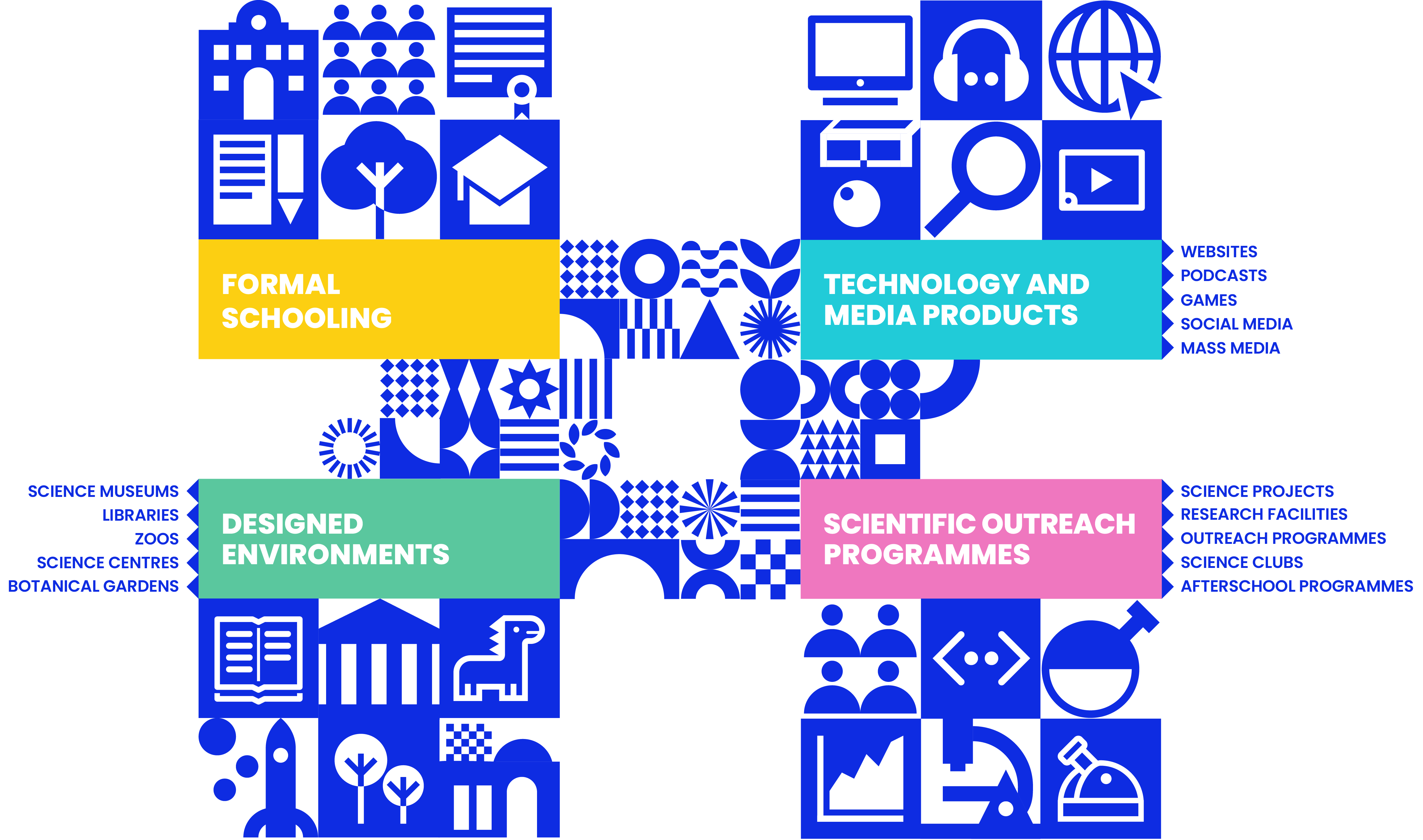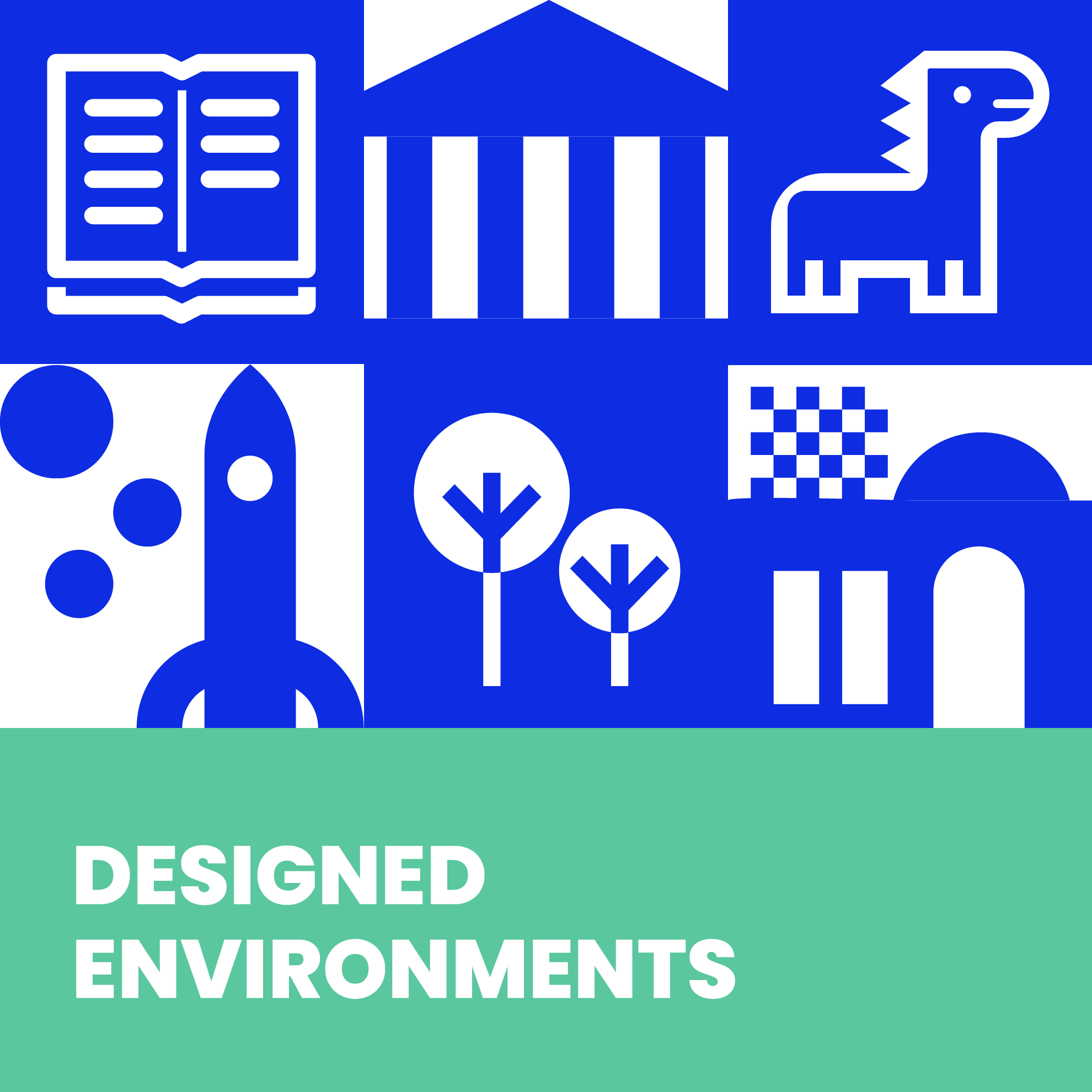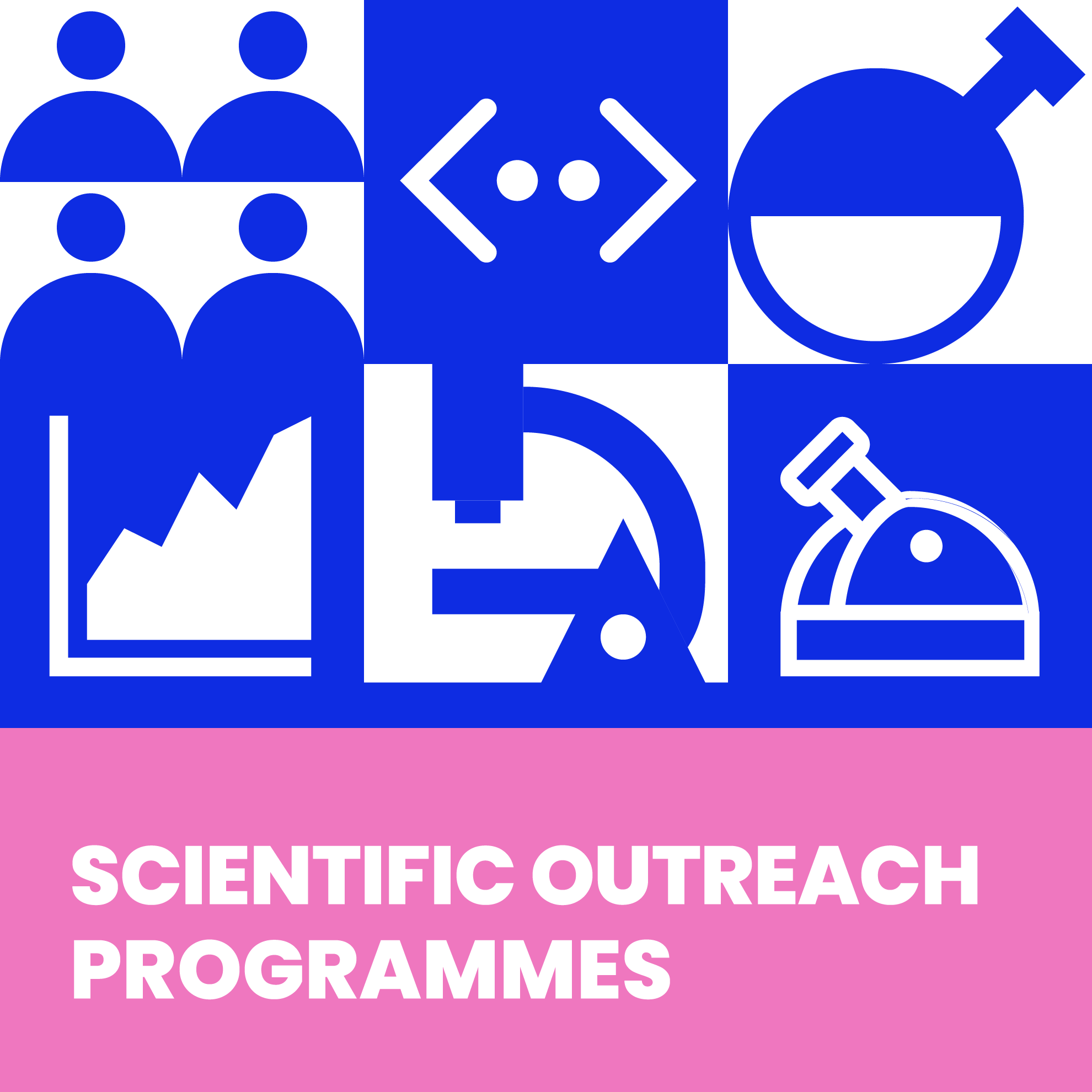Science is all around us. Science-related activities outside the classroom can spur interest in science. But is this also enough to boost young people’s science proficiency aligned with the changing context of formal science education towards open schooling?
The EU-funded Surrounded by Science project brings together experts in science education research, science centres and museum educators, providers of outreach and informal learning activities, strong user communities and policymakers in Europe to design and develop a systematic assessment methodology that will analyse the impact of out-of-school science activities.
By conducting field studies and other innovative data collection methods, the project will assess the impact of specific out-of-school activities. The project will draw from a digital toolbox of innovative research instruments to collect data from citizens actively participating in science-related activities.

Context and Approach
Recent developments in out-of-school science education and in formal education seem to offer a unique opportunity to bridge the gap between the two worlds by developing an appropriate catalysing process: Α connected science learning ecosystem where youth may encounter a wide range of learning experiences and be supported by adults and peers in ways that could lead to future opportunities in personal, academic, professional, and civic realms. This is a vision that requires educators and organisations to think beyond the bounds of their own institutions to consider how collective action at the level of networks can provide opportunities and address inequalities in a way that more isolated efforts cannot.
Science learning contexts
Science learning contexts contain a wide variety of experiences, across a range of institutions and places both in and outside school, allowing youth different and multiple ways to engage with science.





Science proficiency
In order to capture the multifaceted nature of science learning and take into account the variety of out-of-school science activities and the associated goals and objectives, the Surrounded by Science project proposes a roadmap that builds on and extends the model of Science Proficiency (National Research Council, 2007).
Science proficiency is the development of specific competencies required to achieve goals and aspirations in science, understand the world around us, and be responsible citizens.
Science proficiency is a six-strand concept. Just like the colourful ribbons in a Gaitanàki*, the six strands are intertwined with each other in unique combinations reflecting the individualised learning paths that people follow when they engage in hybrid -both informal and formal- science activities.
*Gaitanàki is a traditional Greek carnival dance in which people intertwine coloured ribbons around a central pole. It symbolizes the spirit of brotherhood, love, and unity.
